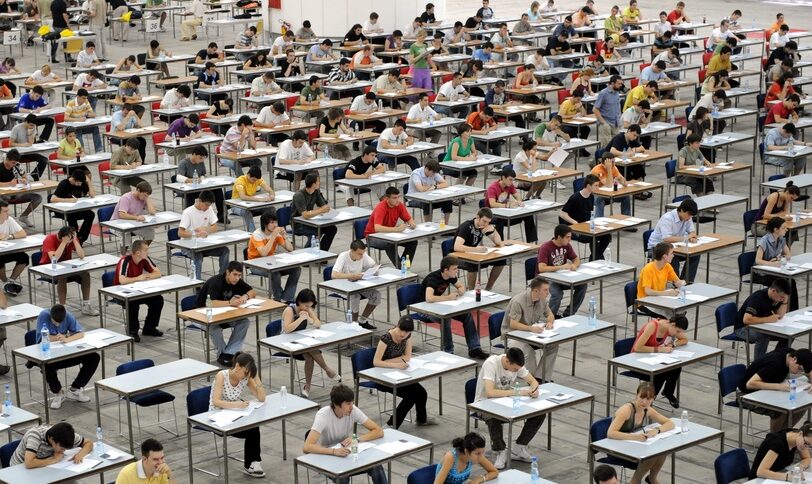Ashley Berner has spent a lot of time examining educational systems around the world, and she concludes that the American system is unique. Berner, the deputy director of the Johns Hopkins Institute for Education Policy, is the author of the 2017 book, “Pluralism and American Public Education: No One Way to School.” She recently authored a white paper on the topic for the Manhattan Institute, which opens with this: “A majority of the world’s democracies support school systems in which the state funds and regulates, but does not necessarily operate a mosaic of schools.”
Berner goes on to offer examples from the United Kingdom, Belgium, the Netherlands, Canada, and many other countries that support a broad variety of schools. In a pluralistic system, students or their parents are allowed to choose the type of school that their child will attend. The school may be religious, it may have a specific pedagogical practice, or may have various other defining features, but it will still receive public funds.
Berner suggests that the key to a pluralistic education system is that there must be some form of accountability for all schools, even private ones.
While I may not completely agree with Berner on the extent to which the government should regulate private schools, her paper offers an excellent overview of what educational pluralism is, the perceived obstacles to pluralism in the United States, and an overview of compelling educational research.
To learn more, give her paper a read or check out her recent op-ed on the matter here.


